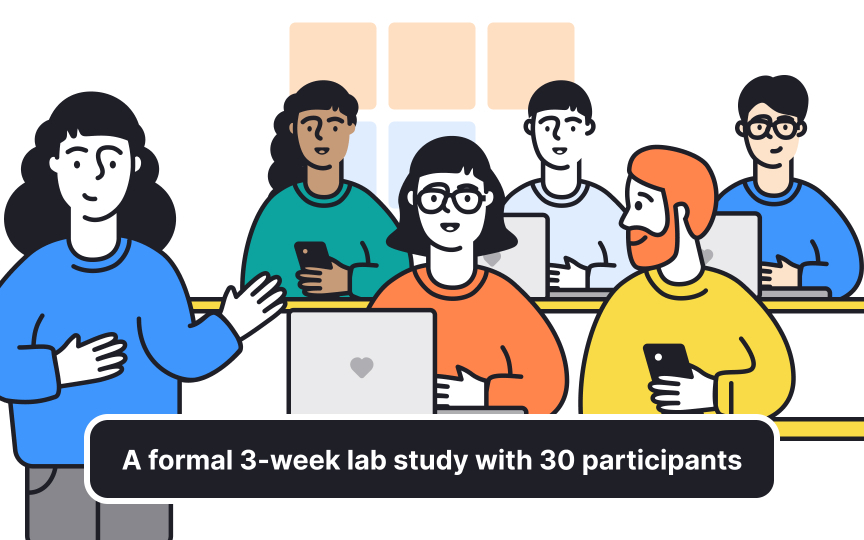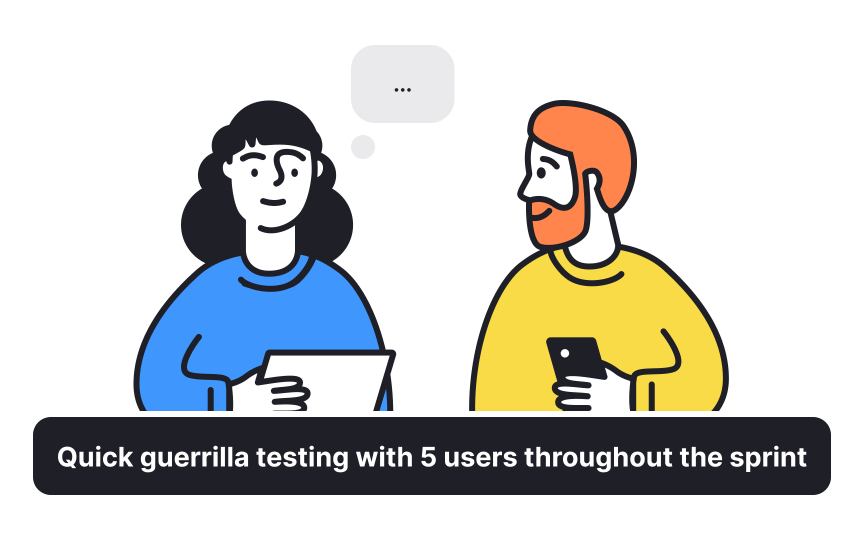Balancing research and delivery in agile cycles
Integrating user research into time-boxed agile cycles is challenging. Traditional research methods often require more time than a typical sprint allows, causing teams to either skip research or conduct it separately from development, disconnecting insights from implementation. Lean research approaches work better within agile timeframes. The following methods provide actionable insights without becoming bottlenecks:
- Guerrilla testing (quick evaluations with available participants)
- Remote interviews scheduled throughout sprints
- Small prototype validation sessions
- Analyzing existing analytics data
Research planning should span multiple sprints, with activities timed to inform upcoming work. A rolling research calendar helps teams anticipate when insights will be available. Some teams dedicate a percentage of each sprint to ongoing research, ensuring continuous user feedback. Sharing insights effectively is as important as gathering them. Research findings should be distilled into formats that developers and product managers can quickly understand and apply. This might include highlight videos of user struggles, simple insight documents, or workshops where the team processes findings together. Some teams use a dual-track approach where discovery runs parallel to delivery, keeping research ahead of development without delaying it.
Pro Tip: Create research "spikes" in your backlog for dedicated user inquiry time before committing to specific features.


